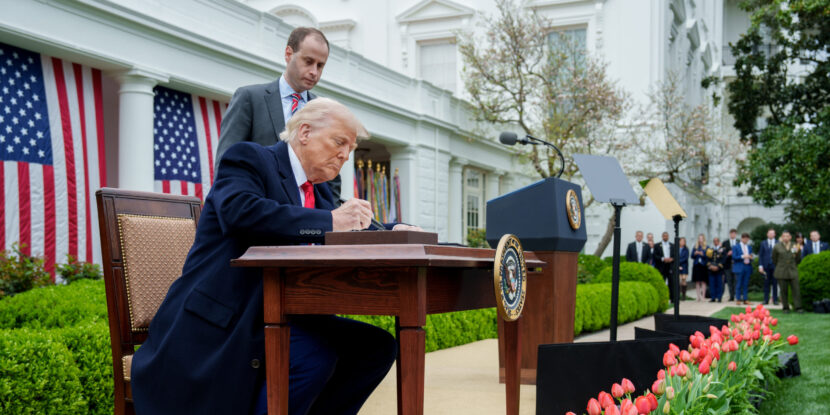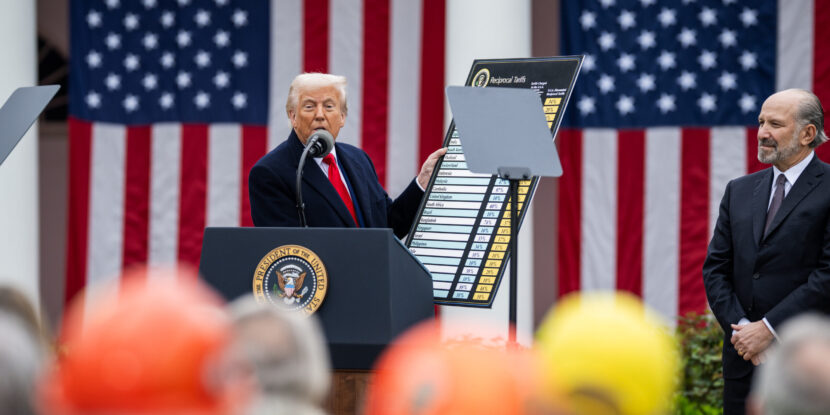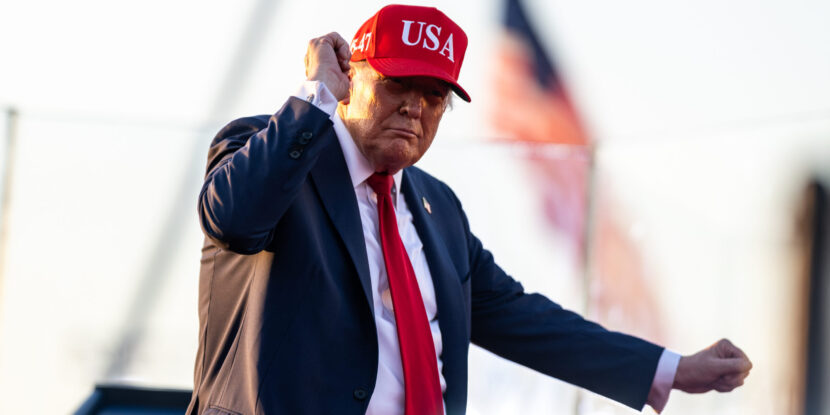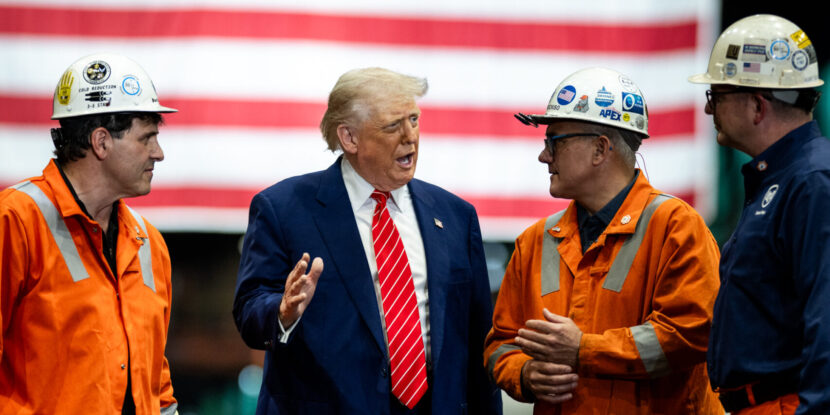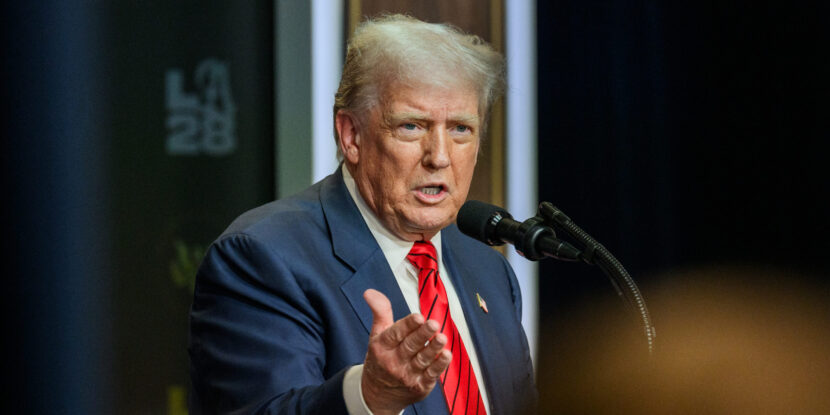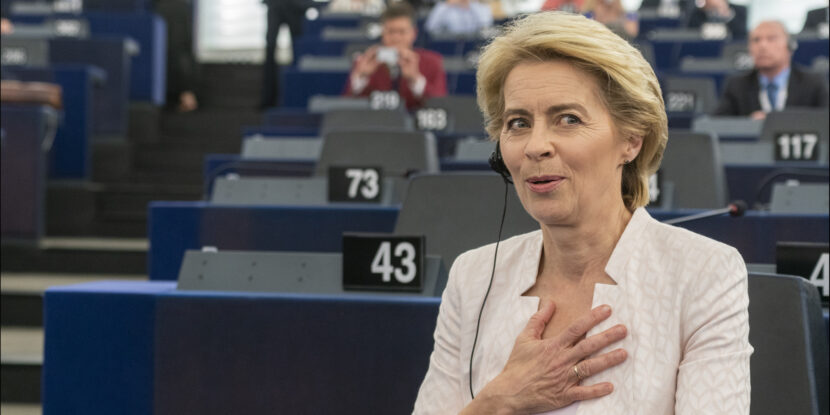❓WHAT HAPPENED: The Bureau of Labor Statistics (BLS) reported the addition of only 22,000 jobs in August, with significant downward revisions for prior months, likely signalling a slowing labor market.
👤WHO WAS INVOLVED: The U.S. labor market, with notable changes in employment among various demographic groups and industries.
📍WHEN & WHERE: The report was released on September 5, 2025, reflecting employment data for August 2025 across the United States.
🎯IMPACT: The data underscore a weakening labor market, leading to increasing speculation that the Federal Reserve will finally cut rates by 25bps later this month—though a 50bps cut could now be on the table.
The Bureau of Labor Statistics (BLS) released its employment report for August 2025, revealing a significant slowdown in job creation. Only 22,000 jobs were added, falling short of Wall Street’s expectations of 75,000. Additionally, revisions to previous months showed June’s numbers dropping to -13,000, marking the first negative print in five years.
August’s lower-than-expected job growth—along with the June negative revision—may put a 50bps cut to interest rates on the table for the Federal Reserve‘s Federal Open Market Committee (FOMC) meeting later this month. Markets appear to have already priced in a 25bps rate cut for the FOMC’s September meeting. Concerningly, lagging demand and slowing job growth suggest Federal Reserve Chairman Jerome Powell’s fixation with the possibility of renewed inflation blinded the central bank to the deflationary pressures impacting the economy.
Notably, the unemployment rate only increased slightly to 4.3 percent, with 7.384 million unemployed individuals. Among major demographic groups, unemployment rates rose for blacks (7.5 percent), whites (3.7 percent), Asians (3.6 percent), and Hispanics (5.3 percent). Labor force participation edged up to 62.3 percent, while the employment-population ratio remained steady at 59.6 percent.
Full-time employment saw a sharp decline, with 357,000 jobs lost, while part-time employment surged by 597,000, the largest increase since February. The number of native-born workers dropped by 561,000, while foreign-born workers increased by 50,000. Additionally, the number of multiple jobholders rose by 443,000, reaching 8.785 million, the highest since COVID-19 pandemic.
Hourly earnings increased by 0.3 percent month-over-month, aligning with expectations, but the annual growth rate slowed to 3.7 percent from 3.9 percent the previous month. The average workweek remained unchanged at 34.2 hours, with manufacturing seeing a slight decline in hours worked.
Industry-specific data showed gains in healthcare (+31,000) and social assistance (+16,000), while federal government employment fell by 15,000, continuing a downward trend of over 100,000 jobs cut since President Donald J. Trump enacted his Department of Government Efficiency (DOGE) cost-cutting effort earlier this year.
Mining, quarrying, and oil and gas extraction also experienced job losses (-6,000), as did wholesale trade (-12,000) and manufacturing (-12,000). Most other sectors saw little change in employment.
Join Pulse+ to comment below, and receive exclusive e-mail analyses.


